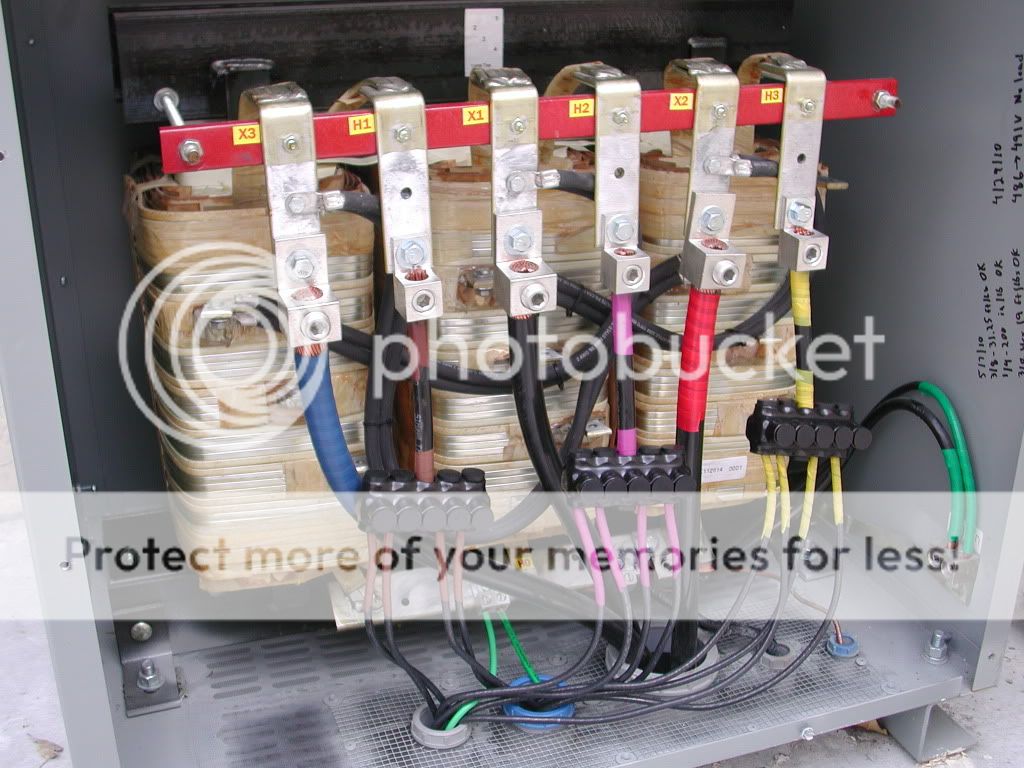JD
Well-Known Member
Not directly related to lighting, but the same physics applies. Got a "no heat" call from a friend who has a heat pump. System was electrically dead. I figured it was an open 25 volt transformer. What I found was surprising! Layout- Unit runs off a double 50 amp breaker. Wiring to the air handler is #6 (electric heat backup) Inside the unit, these wires are wire-nutted to the internal wiring which is #10. The #10 then goes to a cheesy little spade crimp which connects to a thermal limit switch on the electric heat unit. So what failed? The wire-nuts! BOTH were burned to the point where the wire snapped off one and no plastic was left on either. Examining the crispy remains, the wires appeared to be fully seated and the spiral was tight on them. Now, I've seen those spade lugs go, but they were fine. No sign of heating on the #10. A few inches back both were shiny copper when stripped. Wire-nuts! We don't think twice about them!



